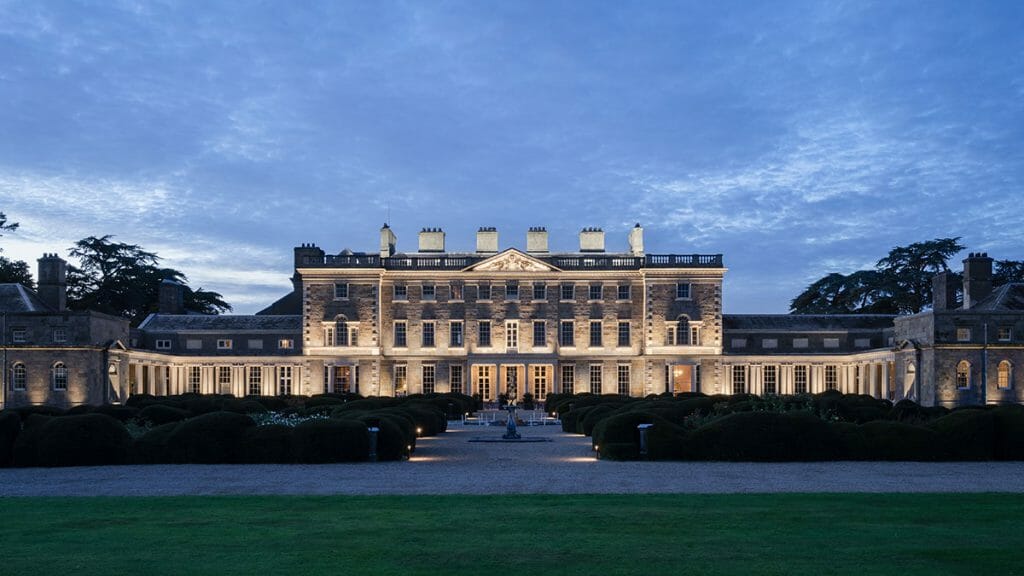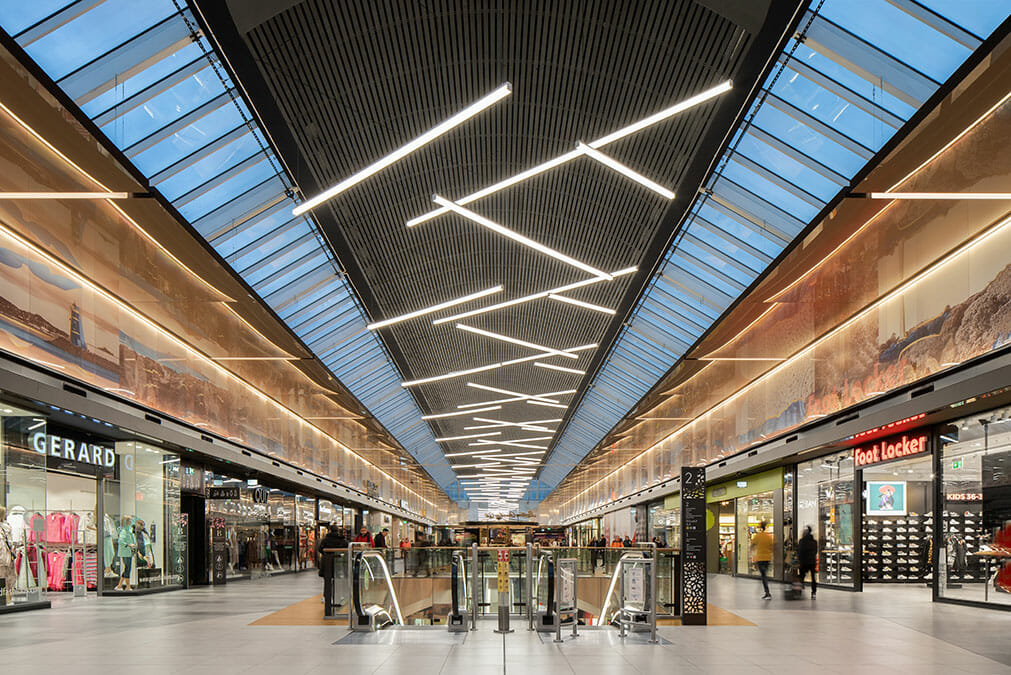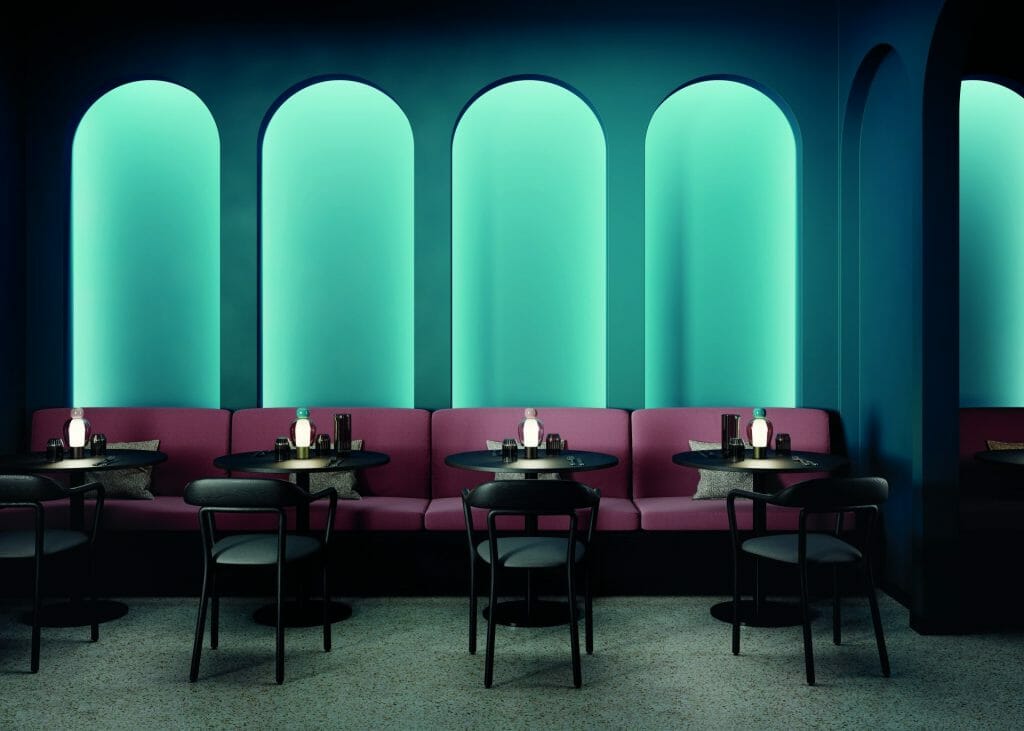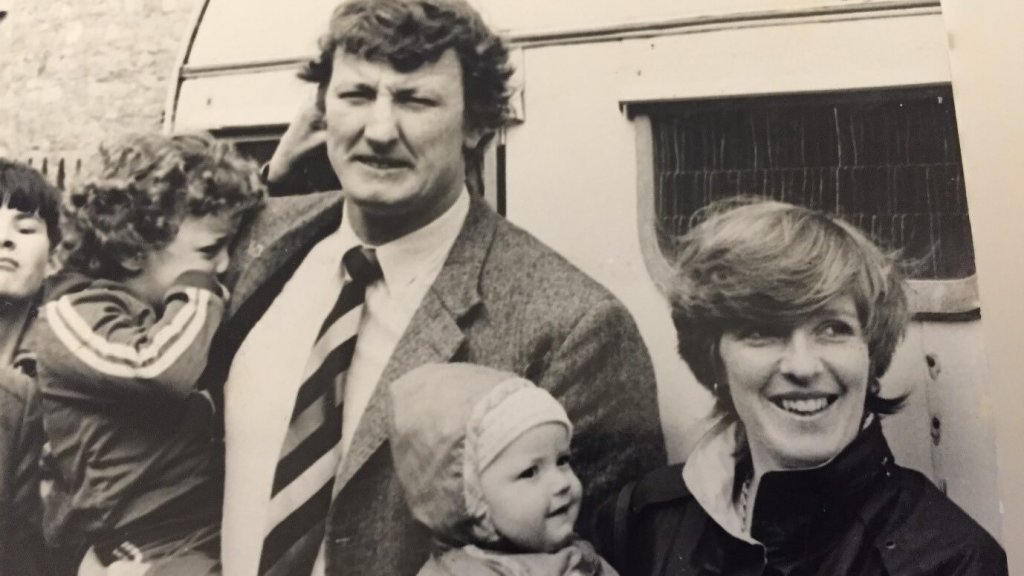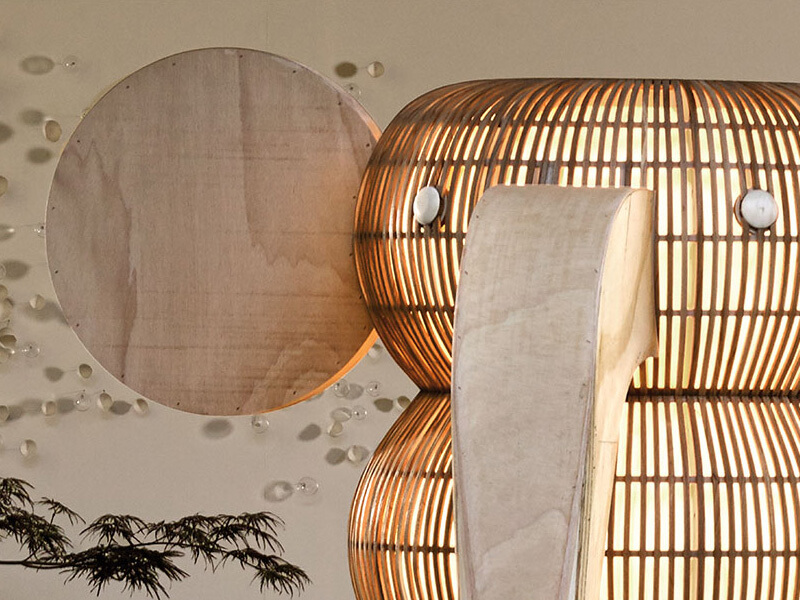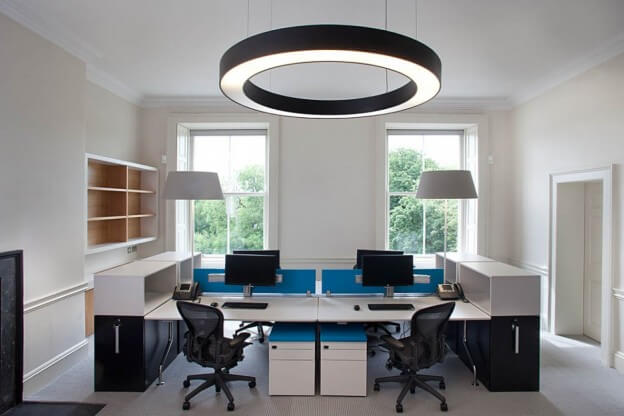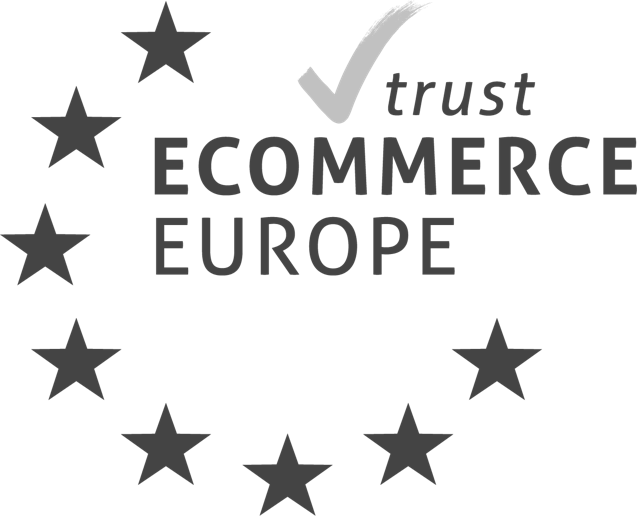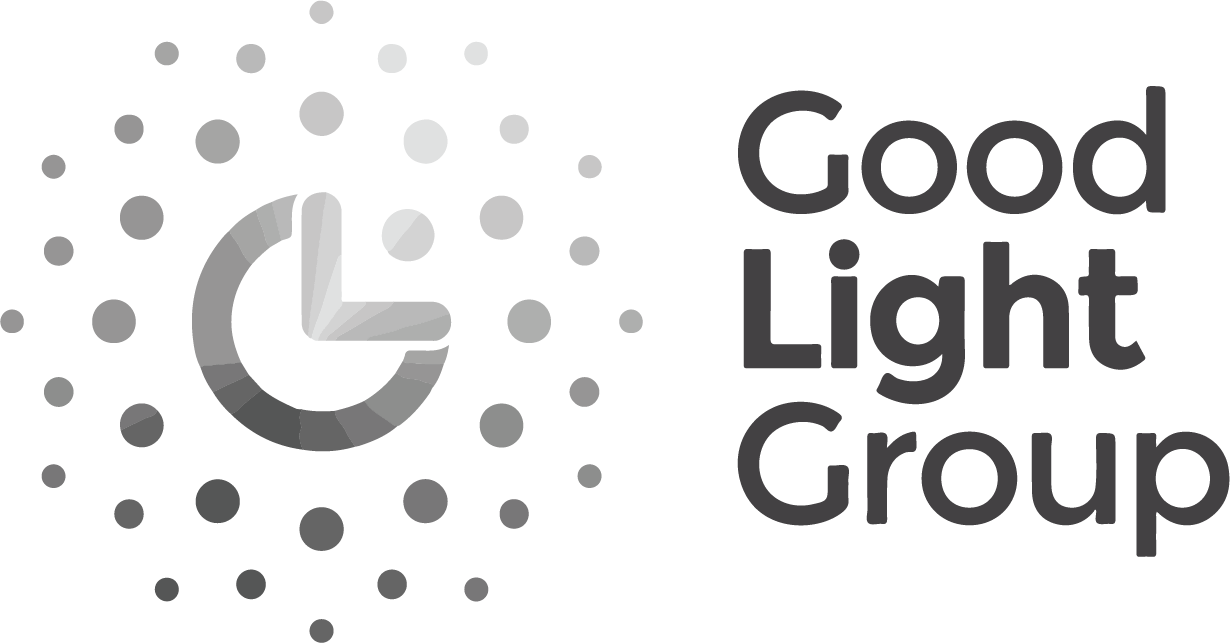- Contact us to discuss our residential design packages
- Shop
- Design
- Inspire
- About
- About
- Blog
- What is Leed?

- July 18, 2017
- Willie Duggan
OK so, our marketing department have given me a hard time as we haven’t released a technical blog in a while. I’m slow getting around to it. The truth is that we’re really busy, which is great but blogs get put on the backburner. Now I’ve set aside an afternoon to do it, better late than never!
The office fitout sector is really moving in Ireland at the moment, and one topic is coming up more and more as we talk to architectural and engineering consultants. It’s the question of LEED certification and designing lighting for LEED. It’s something I’ve been looking into for a little while and I’m currently preparing for my LEED Associate exam.
So what is LEED?
LEED stands for Leadership in Energy and Environmental Design and is a rating system for high performance buildings developed by the United States Green Building Council. While it was developed in the state, it is widely used around the world and particularly important for office fitouts in Ireland at the moment due to the large amount of American tenants. The rating system doesn’t just measure energy efficiency but rates a building on a number of criteria based on the triple bottom line concept. This concept states; a building must be designed for people, planet and profit. This takes into account the economics of building, human health and productivity in addition to it being kind on our planet. It has a more rounded big picture view of good design, and from my reading its encouraging good lighting design, crediting us for what we should be doing.
To achieve a high rating under LEED certification, what should we be doing in our lighting design?
Well in summary, we should be achieving good energy performance, utilising as much natural daylight as possible and striving for good quality in our artificial lighting. Daylight is healthy, it benefits occupants for both productivity and well-being, it makes sense. Daylight also gives us the opportunity with suitably designed lighting controls to dim our artificial lighting should we have enough natural light available. Otherwise know as “daylight harvesting”, helping our energy performance, which should meet or beat 11.9 W/m2.
For artificial light quality LEED looks for four of eight parameters to be met. These are:
- Use of luminaires with low luminance to reduce glare (<2500 cd/m2 above 45o)
- Use of good quality lamps are two parameter’s with 95% of load to be a CRI of 80 and above and 60% of load to be high lamp life of 24,000 hrs or above and 10% or below with life of less than 6000 hours.
- Provide direct/indirect lighting for 75% of connected load.
- Providing high minimum surface reflectances for surface finishes (85%, 60% and 30%) and work surfaces and moving partitions (50% or above), takes up two of the parameters.
And two parameters are given for lighting walls and ceilings (ratio of above 0.1 working plane to ceiling and walls)
These parameters are smart and lead to better lighting environments from sustainability, well being and productivity standpoints. They are inter-related and aspects of lighting we should be implementing anyway if we’re to design to best practice. Indirect lighting (P3) works well with lighter wall reflectance (P4) and both will help achieve the last parameters which encourage brighter walls and ceilings as well as reducing glare (P5).
I find this last point personally relevant as it is what I based my Masters thesis on. I showed that indoor environments are much more comfortable for occupants and easier to perform tasks in when background illuminance is of a relatively high level. More studies have been carried out on this, showing similar results. Lighting design is developing in this direction to the extent that many have said that our current standards for evaluating lighting and illumination on the working plane is outdated. Christopher Cuttle has gone so far as to propose an alternative way of assessing lighting based on exitance, light reflected from the room surfaces. It is in my opinion much more relevant, as it’s the room surfaces that have the influence on how we feel and experience a space.
LED light sources are a must nowadays due to their small payback and advantages in energy consumption and maintenance. These or fluorescent lighting will ensure that the second point in the LEED parameters is met. For reducing energy consumption, I would also encourage the use of local lighting for the task which will enable the main office lighting levels to be somewhat lower and lead to increase user satisfaction.
All in all LEED is a smart rating assessment as it is highly incentivising health and well-being parameters, and will lead to better indoor lighting environments, over and above current standards. I would encourage any lighting designer or engineer looking to meet LEED requirements to aim to meet all, as they work in harmony and are not costly. In any case it’s certainly worth getting up to speed on LEED as it is reported to increase building value by up to 30%.
That’s it, my take on interior office lighting for LEED, I hope it is of some help and direction. At least that’s marketing off my back for a little while!
Until next time,
Willie Duggan CEng, MScLight and Lighting, BScEng
- Design
- LEED, Lighting

About Willie Duggan
Willie grew up in the family business, stacking boxes, wiring fittings and making deliveries. He went on to study engineering and then lighting design. After working as a lighting designer in London he returned to lead our design team. You can also find Willie chasing a ball round the rugby pitch, at a gig or threading the boards on stage.
Browse by category
Browse by tag
- #IDSW2019
- 2019
- 2021
- 2022 Award Winners
- 48 volt track
- About Us
- Ambient Lighting
- Architect
- Art
- Arturo Alvarez
- Awards
- Bathrom
- Bathroom
- Bathroom Design
- Bathroom Lighting
- Baynetcap
- bedroom lighting
- Behind the Scenes
- Biophilia
- Biophilic Design
- Blanchardstown Shopping Centre
- Blog Post
- Blue
- Brands
- building materials
- bulbs
- Carton House
- church design
- Colour
- Comfort Lighting
- commercial
- commercial design
- Contract Interiors
- cost
- Cottage Design
- Creativity
- Deconstructing
- decorative lighting
- Denise O'Connor
- Design
- Design Team
- Details
- Dining Space Lighting
- Downlighting
- downlights
- E14
- electrician
- Electrics
- Emotion
- Emotional Lighting
- enviromentally friendly
- Estluz Laverd
- Exhibitions
- Experience
- experiential showroom
- Exterior Lighting
- external lighting
- eyelit65R
- Festoon Lighting
- Finalists
- Finances
- first fix
- five star hotel
- floor lamp
- Floor Light
- Floor Plan
- flooring
- functional lighting
- Garden
- Garden Lighting
- Getting the lighting right
- Glare
- GU10
- guide
- Haberdashery
- Hard Wood Flooring
- healthy lighting
- Heart of the home
- hidden lighting
- hints
- Home
- Home renovation
- house design
- Hypro
- Illuminated Furniture
- IMNDA
- importance of windows
- inchsawmills
- Interior Design
- Interior Lighting Design
- Interiors Trends
- International Dark Sky Week 2019
- internorm
- IP Rating
- Irish Times
- Ivela
- Jan Battles
- kitchen
- Kitchen Design
- Kitchen lighting
- Kitchen Squeeze
- Lampshades
- Landscape Lighting
- Layers of Light
- LED
- LEED
- Light
- light and health
- Light Art
- Light Brands
- Light Design
- Light Effects
- Light Fitting
- light masterplanning
- Light Pollution
- Light Technology
- lightbulbs
- Lighting
- Lighting Company
- lighting controls
- Lighting Design
- lighting designer
- Lighting Designers
- Lighting Plan
- Lighting Products
- lighting switches
- lighting tips
- LIT awards
- Living Space Lighting
- LND
- LZF
- Minimal Glare
- Monica Duggan
- mood lighting
- Motor Neurone Ireland
- munster joinery
- Nest
- new build
- New Year
- new york
- newbuild
- Newsletter
- night time lighting
- NYCxDESIGN
- Online Consultation
- Open Plan Space
- Our Team
- Outdoor
- Outdoor Lighting
- Parquet FLooring
- pendant light
- Pendants
- Piet Oudolf
- plastering
- plumbing
- Power of Switching
- Prolicht
- recessed lighting
- reducer
- reflections
- renovate
- Renovation
- Residential Lighting
- Residential lighting design
- retail
- Retro Fit
- riai
- salvaging
- scene setting
- Self build
- Self Build Newsletter
- selfbuild
- senator
- shadows
- sonos
- spacer
- Spotlights
- st bartholomews church
- Studio Italia
- sustainable
- sustainable building
- switching
- table lamp
- Table Light
- talalighting
- Task Lighting
- The Irish Times
- timber frame
- tips
- Trend
- tricks
- UGR
- Unified Glare Rating
- voliere
- willie duggan
- willieduggan
- Windows
- wiring





- Inspire
